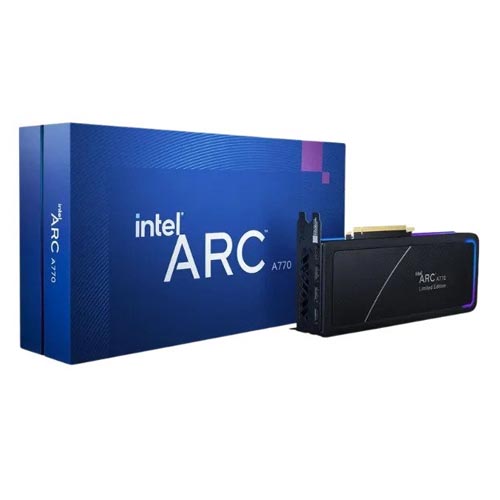Intel Graphics Card: Powering Visual Experiences
Introduction to Intel Graphics Cards
Intel, a pioneering force in the realm of computing technology, has established itself not only as a processor powerhouse but also as a key player in graphics processing units (GPUs). While historically recognized for its central processing units (CPUs), Intel has ventured into developing integrated graphics solutions and dedicated graphics cards to meet the increasing demand for high-quality visual experiences across various devices.
Evolution and Innovation
Early Stages: Integrated Graphics
In the early stages, Intel primarily integrated graphics processing capabilities into its CPUs. These integrated graphics solutions, commonly known as Intel HD Graphics, offered basic visual processing suitable for everyday computing tasks. However, they lacked the power to handle demanding gaming or professional graphics workloads.
Intel Iris and Xe Architecture
To address the growing need for enhanced graphics performance, Intel introduced Iris Graphics. Iris Graphics marked a significant leap forward in integrated graphics technology, delivering improved performance and catering to a broader spectrum of visual applications.
Moreover, the advent of the Xe architecture marked Intel's foray into dedicated graphics cards. The Xe architecture, designed for scalability across integrated and discrete GPUs, aimed to compete with established GPU manufacturers in the market, promising substantial advancements in performance, efficiency, and feature sets.
Features and Performance
Integrated Graphics Features
Intel's integrated graphics solutions have evolved to support features like Quick Sync Video for hardware-accelerated video encoding and decoding, enabling smoother multimedia experiences. Additionally, technologies such as Intel Adaptive Sync reduce screen tearing for a more fluid display output.
Dedicated Graphics Offerings
The dedicated graphics cards based on the Xe architecture boast impressive capabilities. With ray tracing support, AI-accelerated workflows, and enhanced power efficiency, these cards aim to deliver top-notch performance for gaming, content creation, and professional applications.
Application in Various Sectors
Gaming and Entertainment
In the gaming realm, Intel graphics cards aim to provide immersive experiences, catering to both casual and hardcore gamers. The integration of ray tracing and AI-based enhancements promises lifelike visuals and improved gameplay realism.
Professional Workloads
For professionals in fields like design, animation, and video editing, Intel's graphics solutions offer the computational power needed to handle intricate tasks efficiently. Rendering, modeling, and video processing benefit from the increased performance and advanced capabilities of these GPUs.
Future Prospects and Conclusion
Future Developments
Intel continues to invest in research and development, with a focus on pushing the boundaries of graphics technology. The company's roadmap includes advancements in AI integration, increased performance efficiency, and further innovations in dedicated graphics cards.
Conclusion
Intel's progression in graphics cards, from integrated solutions to dedicated GPUs, signifies its commitment to enhancing visual experiences across a wide spectrum of applications. As Intel evolves its graphics technology, the prospects for more powerful, efficient, and versatile graphics solutions are promising, catering to the diverse needs of consumers, gamers, and professionals alike.



